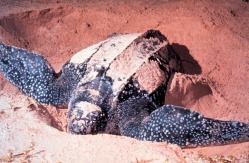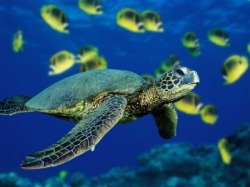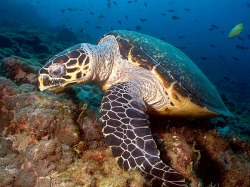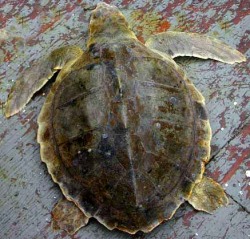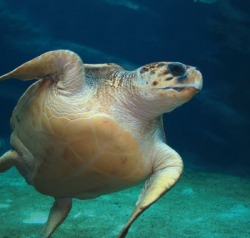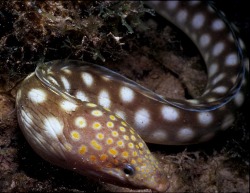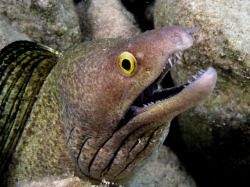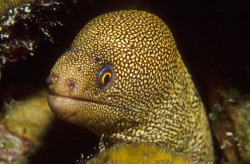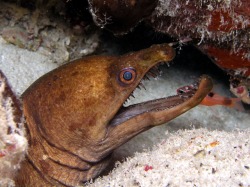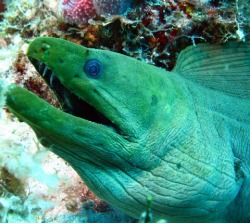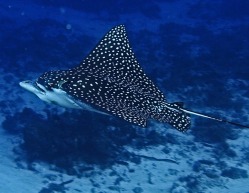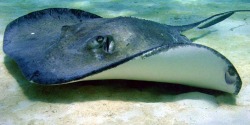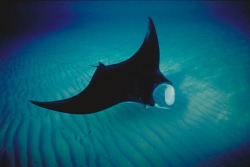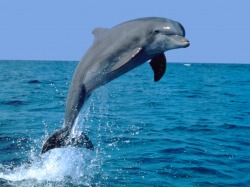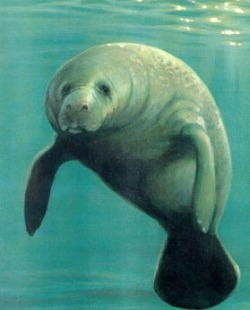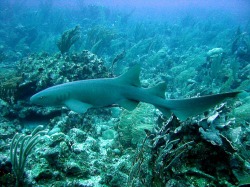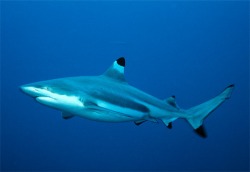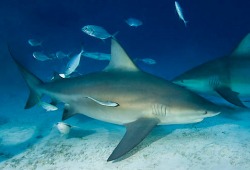MARINE LIFE IDENTIFICATION GUIDE
The following guide should help you identify the various marine life, that you may see while on your diving adventure tour. All of these animals are indigenous to the waters of Belize. While it would be impractical to list all of the species you are most likely to see these, while diving in Belize. This section will identify some of the more common forms of marine life that you may encounter.
SEA TURTLES
Long-lived reptiles, sea turtles do not land for any purpose other than to lay eggs. Though air breathing, they remain underwater for long periods of time. One loggerhead turtle in captivity was seen to surface for air about once every three hours. Front limbs have oarlike flippers. Sea turtles range over hundreds of miles in warm waters they inhabit. International agreements and the U.S. Endangered Species Act (ESA) prohibit taking sea turtles or their eggs dead or alive, or disturbing their nests. All are classified Endangered or Threatened.
EELS
As beautiful and repulsive as the snakes, they resemble, these fish have a smooth, scaleless skin. Narrow, muscular jaws can drive the fanglike teeth deeply into anything they grasp. The bite itself is not toxic, but the teeth invariably are contaminated with decayed food particles. Morays are generally harmless to man unless provoked. Morays should never be eaten since some are capable of causing severe food poisoning, or even death.
RAYS
Rays vary in form from an almost perfect diamond shape to a disk. Though often seen lying motionless on the bottom partly buried in sand, they are strong swimmers propelled by graceful undulations of their winglike pectoral fins. The mouth and gills slits are on the underside of the body, with the eyes on the upper side. A pair of large openings behind the eyes enables most rays to draw in water for breathing without having to open the mouth. Stingrays have a serrated spine on the upper surface of the tail base, which may be venomous.
